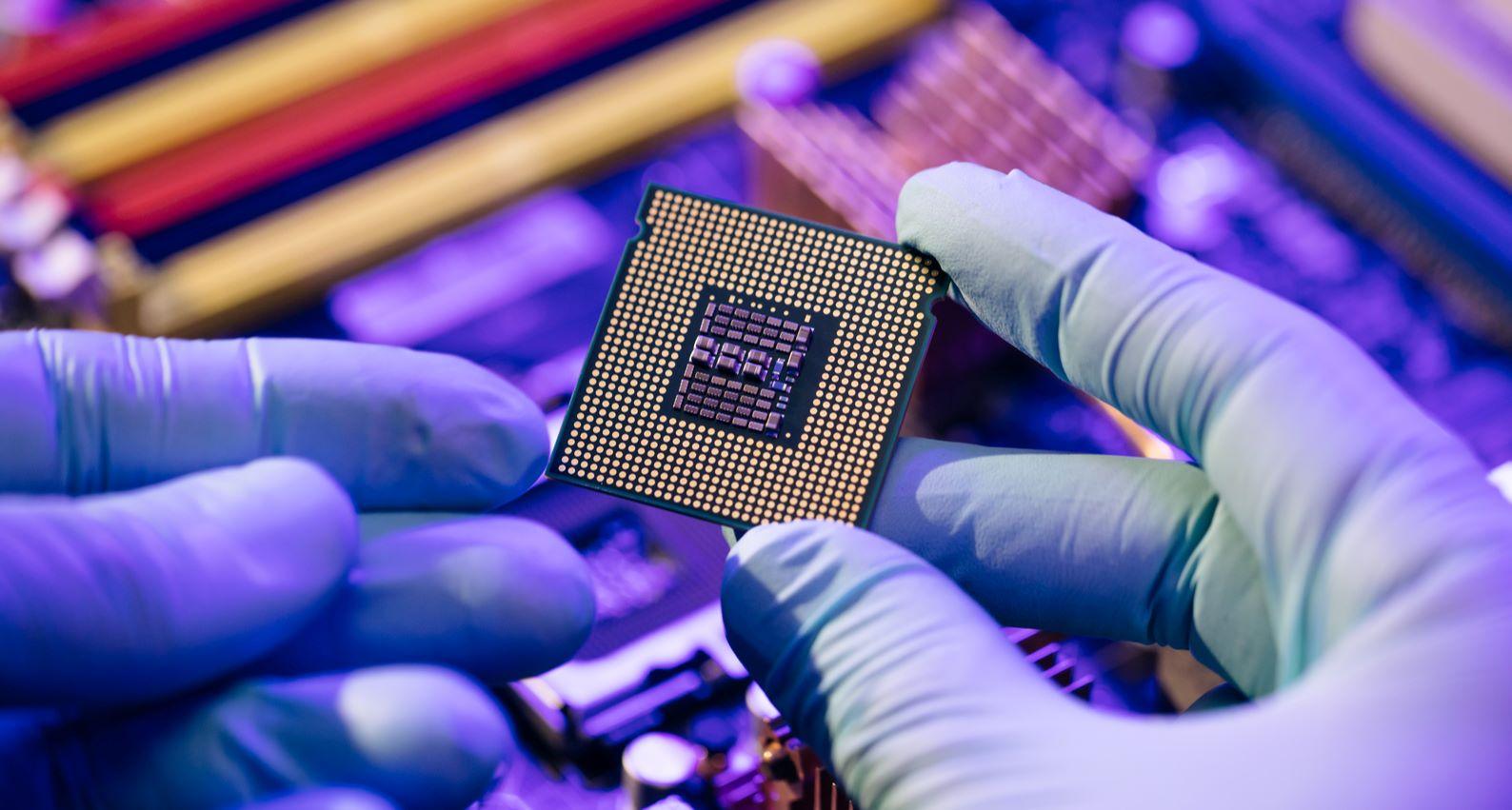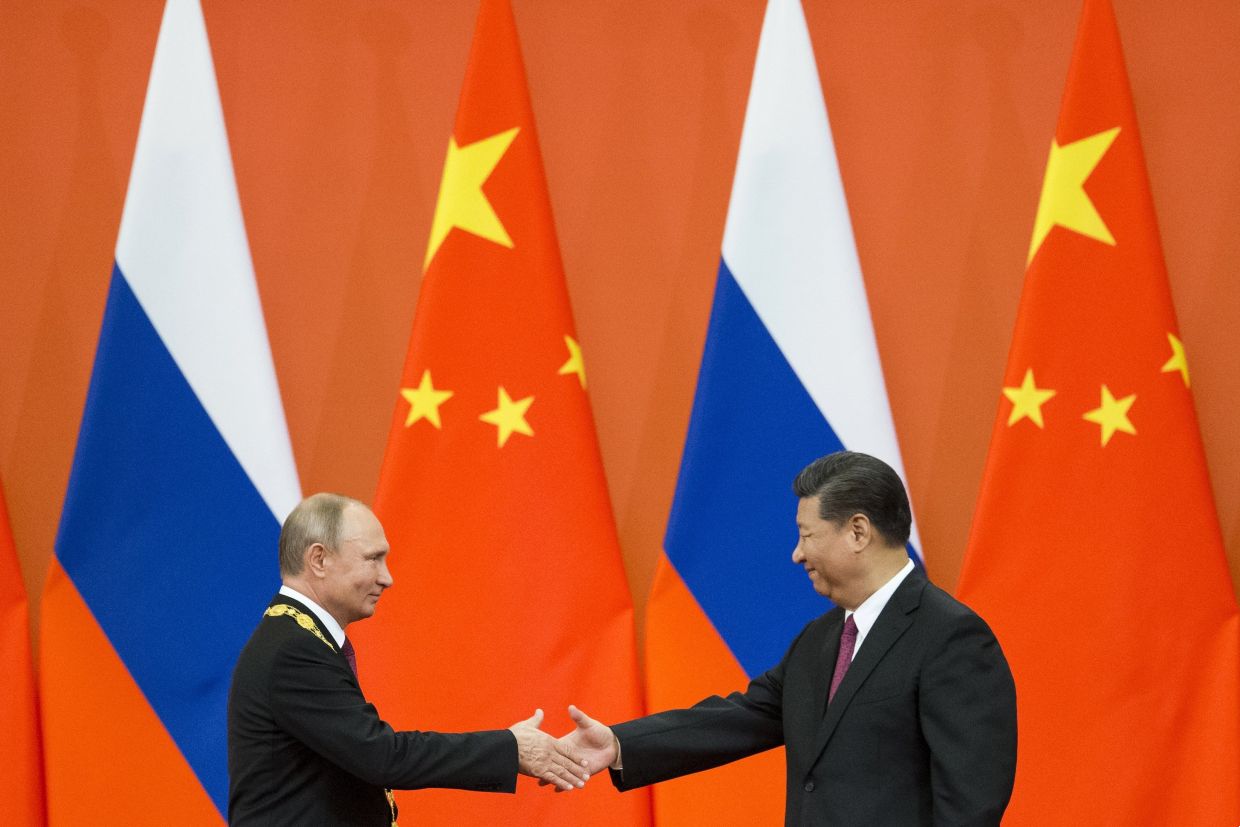The 20th Congress of the Communist Party of China (CCP) in October 2022 was very different from all other previous Congress that the party had held. President Xi Jinping had chosen this event, held once every five years, to choose new leadership, spell out the party’s priorities and direction, and send a powerful message directed at India and the rest of the world.
First, the 20th CCP Congress opened with a short video clip of the June 2020 Galwan clash in eastern Ladakh between the Chinese and the Indian soldiers, while an injured People’s Liberation Army (PLA) officer was invited to attend the session.
Second, Xi was categorical that Communist China would continue modernizing the PLA, the world’s largest standing military, almost twice the size of the US military. The third message was even more startling and was directed towards the world, especially the US: Taiwan would be annexed at all costs, sooner than later.
“Taiwan issue will be resolved. We will continue to strive for peaceful reunification with the greatest sincerity and utmost effort. But we will never promise to renounce the use of force and reserve the option of taking all necessary measures,” Xi had told the CCP’s Congress.
The key party meeting had also decided to elect him as the party’s chief for five more years, the first time any leader has had more than two terms at the helm since Mao Zedong was the party’s first strongman.
POTUS Strikes
Before the concluding remarks of China’s latest icon could be interpreted, President of the United States (POTUS) Joe Biden decided to explode the ‘Thermonuclear’ technology bomb on Beijing.
On October 18th, 2022, Biden directed that all American citizens working in China’s semiconductor manufacturing industry would have Hobson’s choice: To quit or lose their American citizenship. The impact of this Biden decision was stunning.
According to Fox News, every American, who was employed in the Chinese semiconductor industry, resigned the next day.
Though numbers aren’t available, it is believed that many Chinese-Americans, too, exercised Hobson’s choice and quit that day to retain their American citizenship. The first death knell to the Chinese semiconductor industry had been rung, which paralyzed the chip industry in China overnight.
The Trump-era sanctions had delayed the manufacturing process because every US semiconductor exporter still had to apply for a license. It took just a month to receive the approval to do business with China.
Consequences Of The US Decision
The consequences of Biden’s action have to be examined and analyzed holistically. Due to prevailing Chinese dependency on US technocrats, the new rule imposed by the Biden administration will almost certainly cause some discomfort to China, but only in the short term.
Let us examine the needs of China in the domain of sophisticated microchips. The US sanctions will not immediately affect China’s military hardware from satellites, sensors, strategic communication systems, and space and missile programs because most of these systems use China-made chips. China’s production facility will not collapse.

It may, however, slow the production rate. The US sanctions would not stop China from using its offensive elements, namely the long-range Surface-to-Surface Missiles (SSMs) and the Anti-Ship Missiles, to target US ships and employment of Long-Range Air-to-Air Missiles.
The US administration’s unilateral and knee-jerk reaction in trying to contain China will likely backfire and increase tensions already near the tipping point. It might give China an excuse to hasten the process of annexing Taiwan by force.
War in the South China Sea will be deadly with grave global consequences. Biden’s bid to achieve unipolar status for the US will remain a dream. China has emerged as a counter-balance, edging Russia out of the position of being the main US adversary.
Has the US shot itself in the foot by taking such action? If China’s chip manufacturing industry’s progress is evaluated, it is evident that the US technological edge in semiconductor design and fabrication will likely vanish before the end of the current decade.
China emerging as the chip superpower depends on its available resources, which can be mined quickly. The entire EU is dependent on either the US or China for microchips. Due to US sanctions, China’s supply to the EU will also be affected.
Chinese Reaction
Asia Times, a prominent daily, has captioned its story on the US sanctions thus: “China chip ban, a US exercise in extreme self-harm.” Incidentally, China has made a considerable allocation worth US$50 billion to develop its microchip industry. Time alone will tell the ultimate effect of such a decision by the US.
The American semiconductor industry, which remains China’s primary supplier of microchips, will almost certainly lose colossal revenue. It might result in losing jobs in the US semiconductor industry.
If China’s space program is to be viewed, it emerges that the US refusal for Beijing to join the international space station program has spurred the former to develop its space station in record time.
The US never seems to have learned from history. The US threat of using nukes against China during the peak of the 1950-53 Korean war pushed China to go nuclear in the next decade in 1964. Ironically, India’s then-prime minister Jawaharlal Nehru conveyed the US nuclear threat to China.

CHIP 4 Alliance
The formation of the CHIP 4 alliance by the US, Taiwan, South Korea, and Japan must not be viewed as a technological grouping. It is a strategic alliance to blind Russia, impede the growth of China, and make the rest of the world dependent on the US-led coalition for semiconductors.
The US was and is very keen to seek India’s participation in the Quadrilateral Dialogue (Quad), also involving Japan and Australia, because the US interests lie in such an alliance in the Indo-Pacific. But, in the CHIP 4 alliance, the US has not deemed it fit to include India.
US Commerce Secretary Gina Raimondo said in 2022 that the US dependence on Taiwan for semiconductors is untenable and unsafe. It summarizes the US concerns and rationale for creating the CHIP 4 alliance. TSMC, a Taiwanese semiconductor manufacturing company, is ramping up the plans to open a new facility in Arizona, which will start production around 2026 and be capable of manufacturing 3-nm Chips.
The US is investing around US$40 billion in the project. According to the latest reports, the new manufacturing hub in Arizona is slated to commence production of 4-nm microchips by the end of 2024.
Notwithstanding all these new alliances, China continues to march towards progress. Having achieved what only the tremendous iconic figure, Mao Zedong, did by becoming Chinese President for the third time, Xi will put every effort into placing China at the top.
His successful mediation between Saudi Arabia and Iran has greater strategic significance for the emerging new world order than the US’ accomplishments in getting Israel and Egypt to sign the Camp David accord.
Taiwan’s Concerns And Strengths
The chip industry, led by the world’s most valuable company, TSMC, will provide the most formidable shield to Taiwan against any Chinese misadventure. Morris Chang, aged 91 and the founder of TSMC, is responsible for the growth of Taiwan’s chip industry.
Chang has opined that TSMC is akin to the ‘Sacred Mountains Protecting the Country.’ According to him, China is at least five or six years behind Taiwan in chip technology.
India’s Microchip Industry
India has barely 10% of the world’s Rare Earths reserves, most of which are required for producing microchips. The microchip industry expansion will require substantial financial investment and collaboration from countries such as Israel, the US, and Taiwan.
Taiwan’s major microchip manufacturing giant, Foxconn, has joined hands with Indian firm Vedanta and is likely to invest nearly US$20 billion for a production facility to be set up in the Indian western coastal state of Gujarat, abutting the Arabian Sea.
Hopefully, India’s decision-makers are aware of the domestic microchip industry’s consequences, which are in their infancy.
- Gp Cpt TP Srivastava (Retd) is an ex-NDA who flew MiG-21 and 29. He is a qualified flying instructor. He commanded the MiG-21 squadron. He is a directing staff at DSSC Wellington and chief instructor at the College of Air Warfare. VIEWS PERSONAL
- Follow EurAsian Times on Google News




